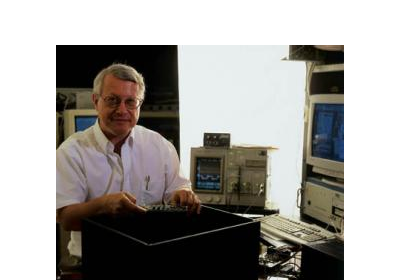
B.S. South Dakota State (1969)
Ph.D. Michigan (1977)
My area of research is experimental elementary particle physics. My present interest is in experiments at the energy frontier including those that use the world's highest energy accelerators to study collisions of subatomic particles such as protons. I also have a strong interest in the development of semiconductor detectors for use in high energy physics experiments, and I am currently involved in several major efforts in the continued development of these detectors.
Since 1997, I have been working within the department's high-energy group on the development and construction of silicon pixel detectors for an experiment called ATLAS. This experiment is located at the Large Hadron Collider (LHC) that is at the European particle physics laboratory CERN located in Geneva, Switzerland. It is a multipurpose detector to study collisions between protons at a center-of-mass energy of 13 TeV. A major achievement of ATLAS during the first data run was to help discover the Higgs particle, which is predicted to be responsible for the generation of the masses of other particles according to current theory. Now that the Higgs particle is discovered, its properties can be measured in detail to determine if they agree with theoretical expectations. Our group is analyzing ATLAS data and we have presented recent results on the measurement of the top-antitop quark pair production cross section and on results of searches for non-Standard Model physics such as supersymmetry.
The pixel detectors we helped to develop are the detector elements closest to the proton beam collision point and provide the best position measurements for charged particles produced in collisions. We have also participated in hardware improvements to the ATLAS pixel detector including construction of another layer of silicon pixel detectors that has been added during the recent shutdown in 2014.